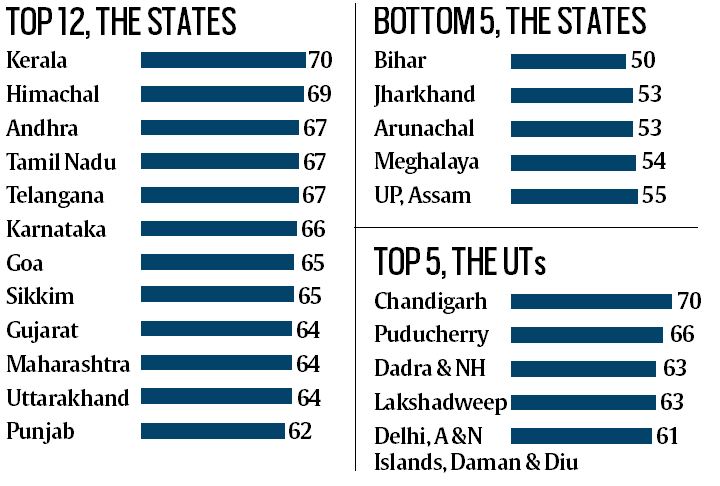7667766266
enquiry@shankarias.in
SDG India Index

Review of 2019 ISRO Missions
Prominent Schemes under Ministry of Tribal Affairs in 2019
Pradhan Mantri Van Dhan Yojana
Tribal Empowerment under TRIFED
Tribal Healers and Tribal Medicines
National Level Tribal Research Institute
Eklava Model Residential Schools
Source: Indian Express, PIB